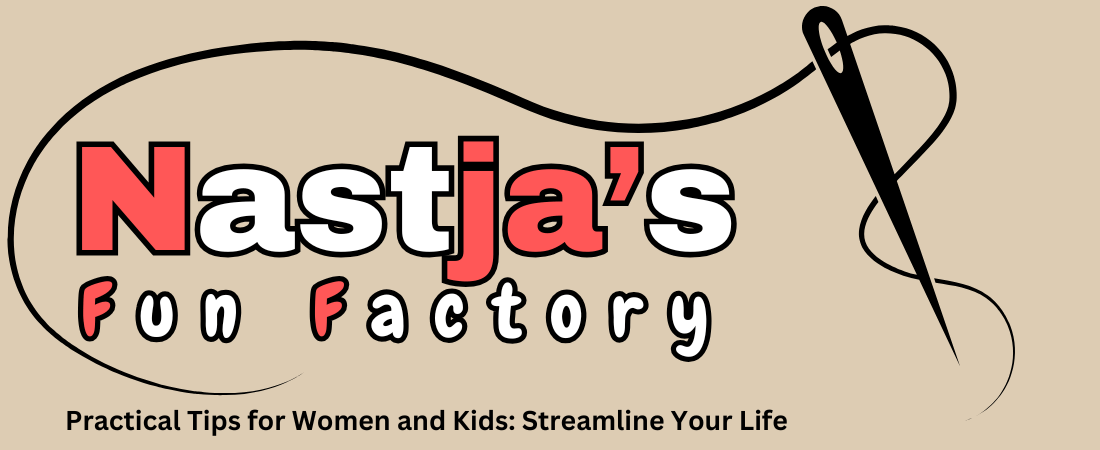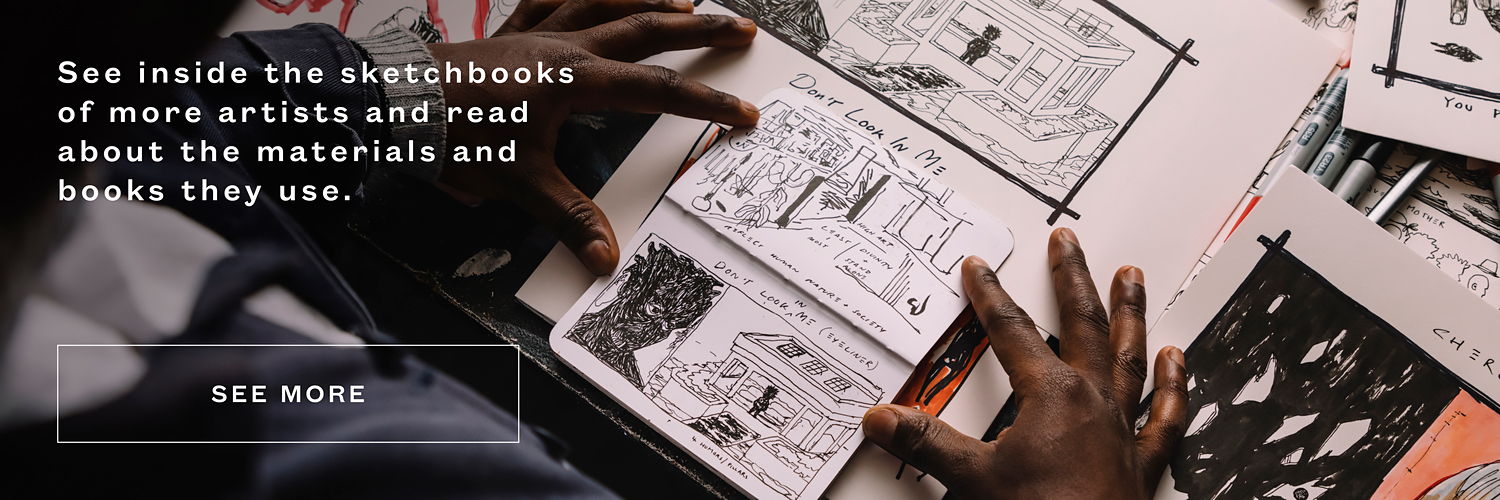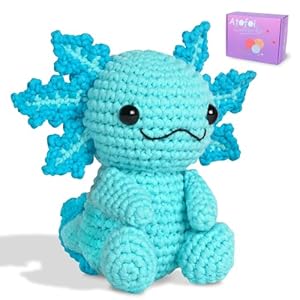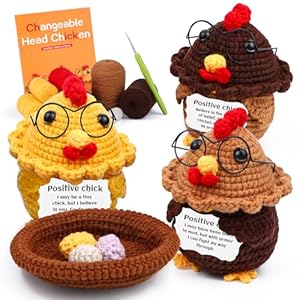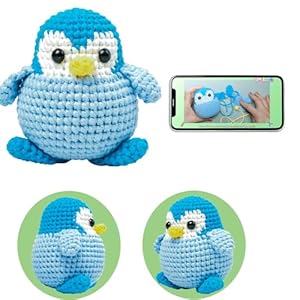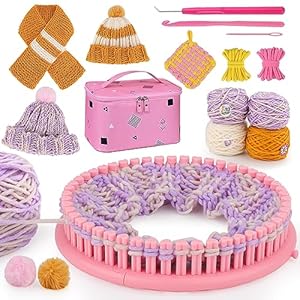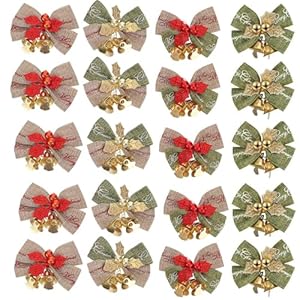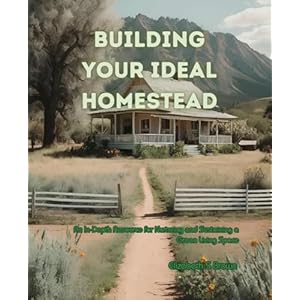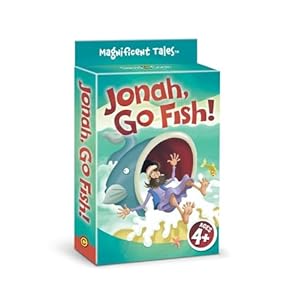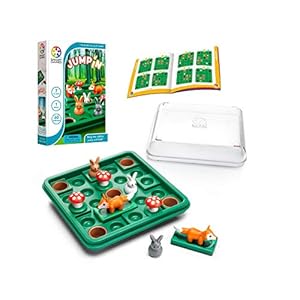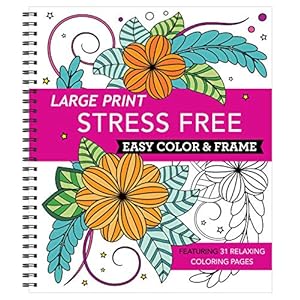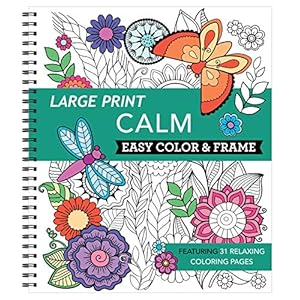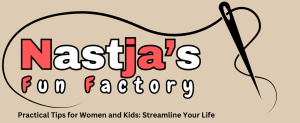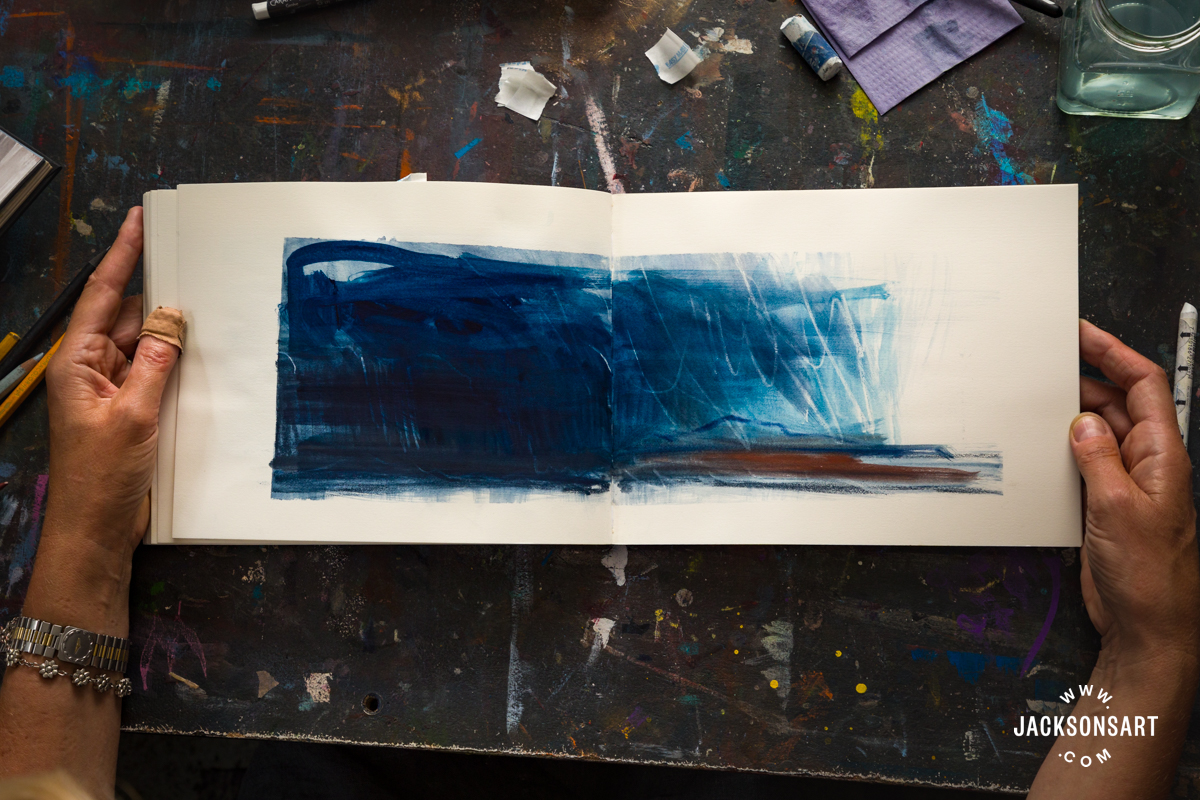
Zarina Stewart-Clark is a painter whose practice is deeply rooted in a lifelong engagement with the landscape, shaped by her Scottish and Dutch heritage. Now living between Suffolk and the West Coast of Scotland, she works in both oil and traditional egg tempera. Here, Zarina reflects on how her sketchbooks allow her to respond immediately to the ever-changing landscape, why she embraces the freedom to make a mess, and how she sees her sketchbooks as ‘visual poems’.
Inside the Sketchbook of Zarina Stewart-Clark
I have several sketchbooks on the go, depending on what I am working on. I mostly use these when I travel to the West Coast of Scotland, where I spend days sketching and recording the weather and light for hours on end. Sometimes I have three sketchbooks on the go at the same time when I am sketching a view. The light changes so quickly, that I find myself working very quickly and will switch between sketchbooks while each one is drying.
I try to keep one sketchbook specifically for more topographical details so that I can have an accurate reference when I am back in the studio – the line of mountains or rock formations. However, I become impatient with working too neatly and these sketchbooks often become quickly covered with gestural marks and overlaid with further layers and washes of whatever medium I am using.
I prefer sketchbooks which contain heavyweight paper as I work with a lot of water-based media. My practice in the studio is also reflected in my sketchbooks – lifting layers back, exposing the light through the white of the paper – this requires a paper that can withstand constant rubbing and sponging outs.
I rarely use sketchbooks larger than A4 unless I am collecting smaller sketches and sticking them into a larger sketchbook back in the studio. I prefer hardback, landscape books as they provide a rigid support when sketching outdoors. Recently, I discovered the Pith range of hardback sketchbooks as they are both landscape in format and open up flat, with a simple but rigid hard cover. They are also not too expensive so I don’t have to worry about being too careful in how I use them!
I love the heavyweight Fabriano and Saunders Waterford papers (hot pressed 300 gsm) which can withstand heavy washes without buckling. I often cut these up into smaller sizes to use out in the field or in the studio before sticking them into a larger sketchbook later on. For everyday use, when I’m out and about, I like to pack a small Hahnemühle D&S sketchbook (A6 size) for simple colour pencil drawings on the go.
I like to use lots of different materials, depending on where I am. I use charcoal and soluble graphite for sketching the deep tonal contrasts I see in the clouds, which can hold such a depth of darks and greys and lights, and a putty rubber for pulling out lighter areas.
Working in monochrome, without the distraction of colour, can be useful when the weather is changing swiftly and I am trying to capture the movement of clouds and light as quickly as I can. I often use pastels and a mixture of Caran d’Ache Neocolor crayons and Caran d’Ache Luminance colour pencils for colour work as well as a box of old Daniel Smith watercolours.
I try to keep my rucksack as light as possible if I am walking out on the hills and have recently discovered the richness of Unison Colour pastels as a lightweight option. They allow me to experiment with spraying with alcohol or water to create unexpected and lovely effects. However, my sketchbooks are very messy and filled with pastel dust, soil, and smudges. I would love to be neater and more organised, but this is not my way of working – I give myself completely over to the expression of the moment and the unfolding landscape which changes every moment in Scotland, and I think my sketchbooks reflect this.
I often wish I could create sketches that would be a strong reference for my work in the studio, but I rarely refer to them when I am working on large paintings. I have found their benefit simply in the recording of the moment, the unconscious memory formed from hours spent on a mountain and hill, watching the light and weather change over time.
They are visual poems of what I see and feel and I am surprised they don’t have more impact when I am in the studio, but I often just put them away – unless I need to refer to a more accurate drawing. But occasionally, maybe years later, I will take one or two out to remind me of a particular place and that will transport me back to the view and form the basis of a new inspiration for a painting.
I do use some sketchbooks as a working method of storing smaller sketches – these I will use in the studio as they may be experimental drawings where I am trying out new techniques or compositions. The freedom of just working on small bits of random paper and collecting them together can be quite liberating when I need to be free from the constraints of an ordered sketchbook. I am currently experimenting with simpler, more abstract drawings on A5 paper, before collating them into a larger, hardback sketchbook. I hope they may form the basis of new work in the future, but it’s too early to know.
I have sketchbooks filled with germinating ideas which don’t progress onto any finished work. One day, I hope I will have the courage to step out from these smaller studies and find a new language for larger pieces, but for now, I am just drawn to sketching the landscape and continuing my large skyscapes.
There is a glorious creative freedom in sitting quietly with all my pencils and sketchbooks strewn all around me for hours on end, watching the weather shift and change, light pouring through darkened clouds, and I become utterly absorbed in the moment – bearing witness to the indescribable beauty of our landscape.
I try to take risks and don’t put myself under any pressure to see my studio sketches realised into anything more than just playful colourings and studies, but this isn’t always easy. There is a wonderful freedom in being free to make a mess or have a childlike approach to mark-making and see what happens. There was one time when I felt so stuck and couldn’t paint for weeks but then I discovered Japanese Sumi ink and loved the simplicity and richness of this beautiful black ink. I filled three to four sketchbooks full of collated studies and out of this work created a print which was accepted at the RA Summer Exhibition and two watercolours at the Royal Scottish Academy.
However, although I have never been able to recapture those first innocent mark-makings, I remember what it felt like to discover a completely different way of working, even if it was just for a brief season because I was just able to let go and I had nothing to lose. Those sketchbooks are very special to look back on.
My advice to any artist is to use your sketchbooks as a mirror to the way you most truthfully work, without self-criticism. I admit I have often been dismayed my sketchbooks are such a motley, messy collection, but they are, I hope, truthful expressions of my way of working which eventually become translated into the larger, finished paintings – full of the same drama and unpredictability of the Scottish weather and playful theatre of light.
Materials
Caran d’Ache Pastel and Luminance Colour pencils/Neocolors I & II
Saunders Waterford Watercolour Paper 300 gsm Hot Pressed
Fabriano Watercolour Paper 300 gsm Hot Pressed
Jackson’s Icon Watercolour Brushes
About Zarina Stewart-Clark
Zarina Stewart-Clark spent her early childhood in Holland but has lived most of her life in the UK. Both her Scottish and Dutch ancestry inform her primary motif of the sky and the expansive language of their contrasting landscapes continue to inform her practice today.
She is largely self-taught, “nature being my greatest teacher. I think of my art as a way of entering into dialogue with the landscape. It comes from my years as an artist, of paying deep attention to the landscape – not only to the names of places but to the sense of what has stood fast through time – the mountains and seas that have existed for millennia, exposing and contrasting with our fragile, brief realities”.
Her work embodies the transient light of the West Coast of Scotland, where light and darkness fall with equal intensity: the broken passing light on hill and shoreline, scalpels of light on sea, wind torn blown skies. Working in both oil and traditional egg tempera on chalk boards, she creates light and luminosity through the building up of multiple layers of veiled glazes, repeatedly scraping back to expose passages of light, inviting a contemplative response to still moments in time.
“We have forgotten a language of beauty – even the word beauty is scorned in today’s art circles – but look around you, especially look above you and witness the extraordinary unfolding of light and sky that takes place right before our eyes but which we infrequently stop to notice. When we stand raw before nature, stilled by her presence, we get a glimpse into how interwoven we are with the living world and the debt of gratitude we owe to her.”
Zarina regularly exhibits throughout the UK and lives between Suffolk and Scotland.
Further Reading
Six New Daniel Smith Watercolours for Your Palette
Review of Viarco ArtGraf No1 Drawing Graphite Putty
Review of Caran d’Ache Artist Neopastels for Drawing and Painting
Inside the Sketchbook of Xanthe Burdett
Shop Sketchbooks on jacksonsart.com
The post Inside the Sketchbook of Zarina Stewart-Clark appeared first on Jackson's Art Blog.
Trending Products
